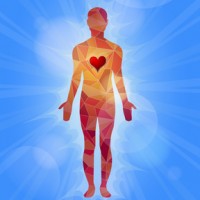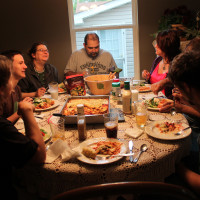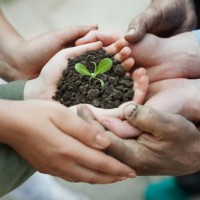
Spiritual Health One Dimension of Wellness
September 3
[Posted in the 9/3/15 Homer News] By Kyra Wagner I recently went to a Buddhist retreat. The funny thing is, I’m not even a Buddhist. Actually, I wasn’t raised in any Read More

One service that MAPP provides to our community is outreaching progress and celebrating collaborative work that is improving our community health. Check out our recent articles published in local media, such as the monthly 'RoadMAPP to Health' columns in the Homer News, and our monthly MAPP newsletters.

[Posted in the 9/3/15 Homer News] By Kyra Wagner I recently went to a Buddhist retreat. The funny thing is, I’m not even a Buddhist. Actually, I wasn’t raised in any Read More

Posted in the Homer News on 8/6/15 As school shopping begins and road trips to college start getting organized, families prepare for big transitions. It may just be the leap Read More

[Published in the Homer News 6/4/15] This month marks one extreme of our Alaskan calendar — the summer solstice is upon us with the raging return of light, the first Read More

[Posted in the Homer News on 5/7/15] There is an African proverb, “If you want to go fast, go alone. If you want to go far, go together.” This idea Read More

[Published in the 4/23/15 Homer News] Much research has been done on the “Power of Five.” Five food groups make up a healthy diet. Five points make up a glowing Read More